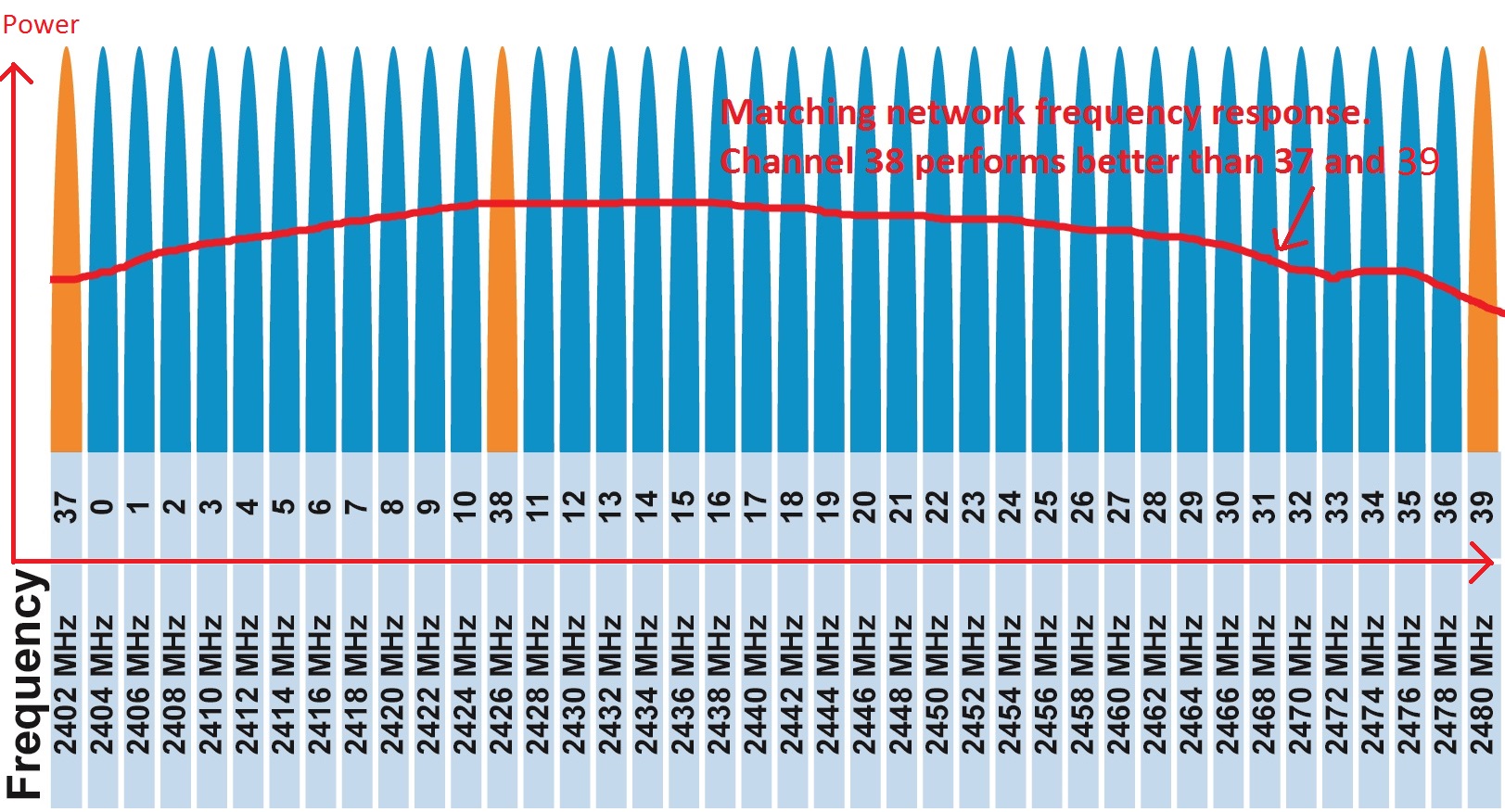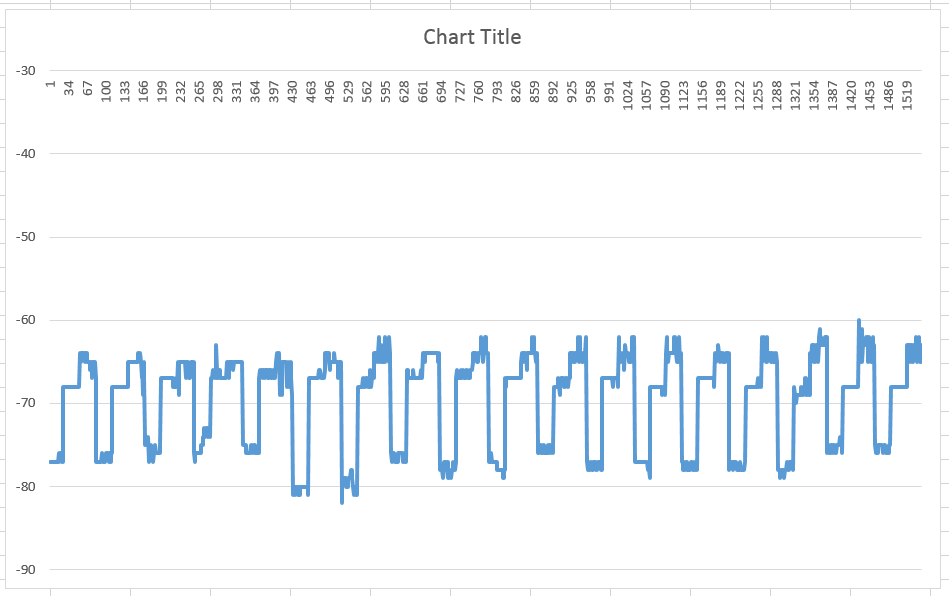Hi, (I'm a computer scientist, please be kind)
In the below attached image, I have collected the data outdoors (so no signal reflection or signal fading) from a single BLE beacon at two different pre-set power levels. I see that RSSI values fluctuate in a systematic way over time between two modes. Can someone please explain this phenomenon? Why this happens? How can we reduce / remove this?
RSSI vs time





